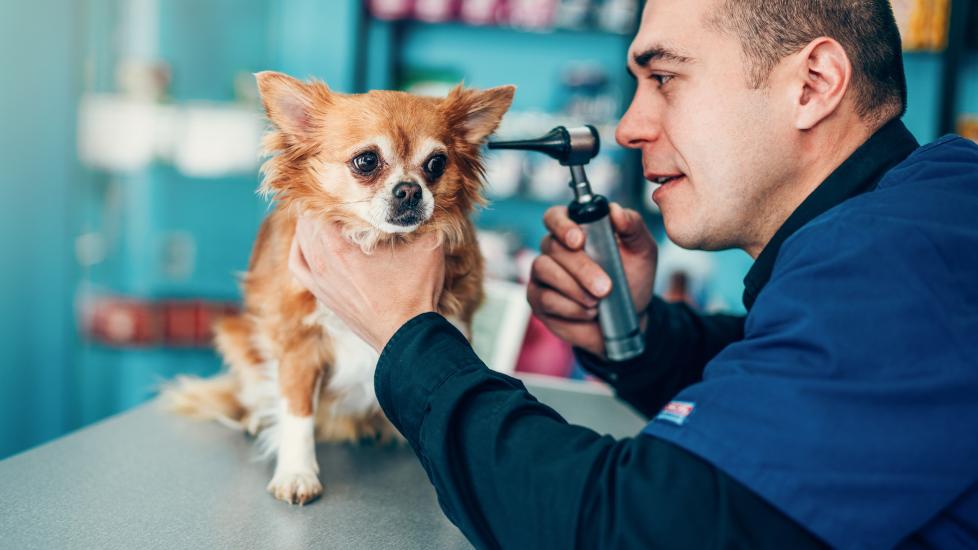In the world of pets, dogs hold a special place in our hearts as loyal companions and protectors. However, like humans, dogs can suffer from various health issues, including hearing loss or deafness. It is crucial for pet owners to understand the implications of this condition and learn how to best care for their four-legged friends who may navigate life without sound. This article aims to provide an insightful exploration into dog deafness, its causes, identification methods, potential treatments, and strategies for living harmoniously with your canine companion despite this challenge.
Understanding Canine Deafness:
Dog deafness, also known as bilateral sensorineural deafness, refers to the complete inability of both ears to detect sounds. It can be congenital (present at birth) or acquired later in life due to aging, infections, ear injuries, certain drugs, tumors, or inherited conditions such as Usher syndrome. The severity of deafness can range from mild to profound, affecting different frequencies of sound.
Identifying Deafness in Dogs:
Early detection of deafness is key to adjusting lifestyle accordingly. Signs that might indicate your dog has lost some or all hearing include:
1. Ignoring Commands: Your usually obedient pooch starts tuning out commands even when they are repeated several times.
2. Lack of Response: A deaf dog might not respond to his name being called or other typical auditory cues.
3. Unusual Behavior Changes: You might notice behavioral changes such as excessive barking, anxiety, or aggression if your dog cannot interpret environmental noises properly.
4. Visual Orientation: Deaf dogs often rely more on visual cues and may start following hand signals instead of verbal commands.
Diagnosing and Treating Dog Deafness:
A veterinarian will conduct tests to determine the extent of hearing loss. These could involve brainstem auditory evoked response testing (BAER), which measures electrical responses within the brain stem to auditory stimuli, or simple behavior observation tests designed specifically for animals. While there’s no cure for most cases of deafness, treatment options focus on managing symptoms and adapting to the new normal. Hearing aids have been explored but aren’t widely used due to practical limitations. Instead, many pet parents opt for training techniques tailored to their deaf dog’s needs.
Coping Strategies for Owners and Pets:
Here are some essential tips to help you adapt to living with a deaf dog:
1. Handling Communication: Learn basic sign language or develop consistent hand gestures that your dog understands easily. Visual cues should replace verbal ones whenever possible.
2. Environmental Adaptations: Use a variety of tools to create visual alerts for events such as doorbells ringing or smoke alarms going off. For example, placing a flashing light near the doorbell can alert your dog to visitors.
3. Consistent Routines: Deaf dogs thrive on predictability; therefore, maintaining regular schedules helps them anticipate what comes next.
4. Exercise Considerations: Engage in activities that don’t require hearing, such as swimming, walking, or playing fetch using a sighthound toy launcher.
5. Socialization Remains Important: Ensure your dog still interacts with people and other animals by taking him to familiar places where he feels comfortable.
6. Safety Measures: Always keep your dog leashed when outside because he won’t hear approaching vehicles or other hazards.
Conclusion:
Deafness in dogs doesn’t mean the end of a joyful relationship between human and canine. With patience, understanding, and thoughtful adaptation, pet owners can continue providing a loving home for their deaf furry friend. By recognizing early signs of hearing loss and seeking professional advice promptly, you’ll be better equipped to support your dog through any challenges that come along—together, you’ll find ways around every obstacle!
